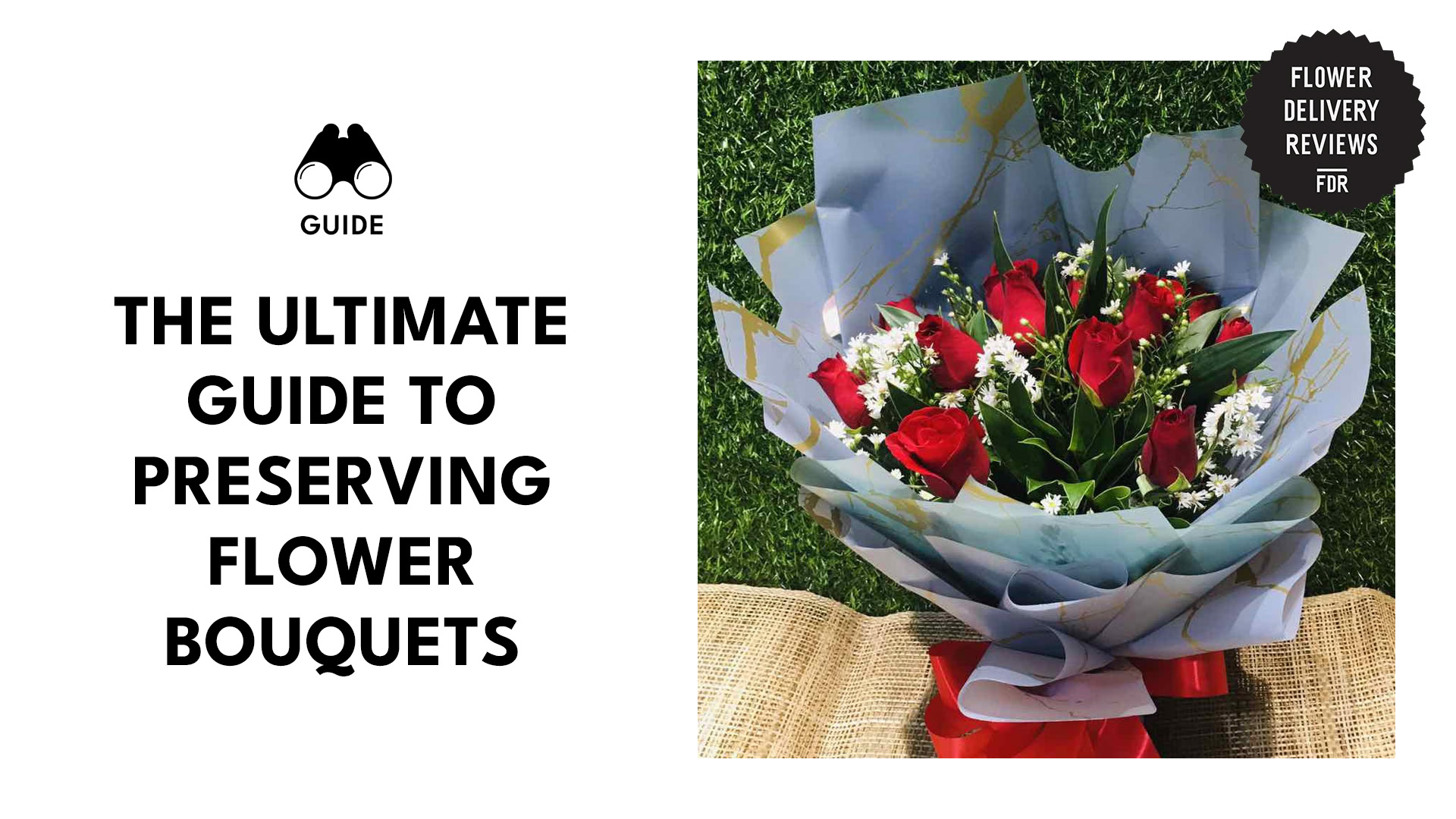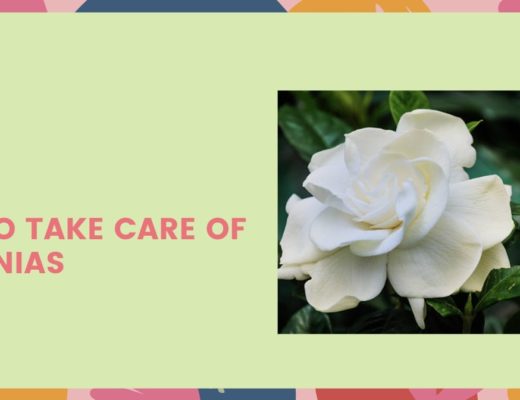If there’s one thing you should know about me, it’s that I’m very sentimental. Yup, I’m that person who keeps every movie ticket and flower from every date—whether it’s with friends or my significant other.
But preserving things isn’t easy, especially when it comes to flowers. There are a couple of flowers that I failed to preserve because I just wasn’t familiar with flower preservation in the beginning.
But after more research and trial and error, I’ve finally mastered the art of preserving my lovely bouquets. And because I’m all about sharing the love, I’m sharing all the effective ways you can try to preserve yours, along with some tips you should keep in mind!
Ways You Can Preserve a Flower Bouquet
Use glycerin
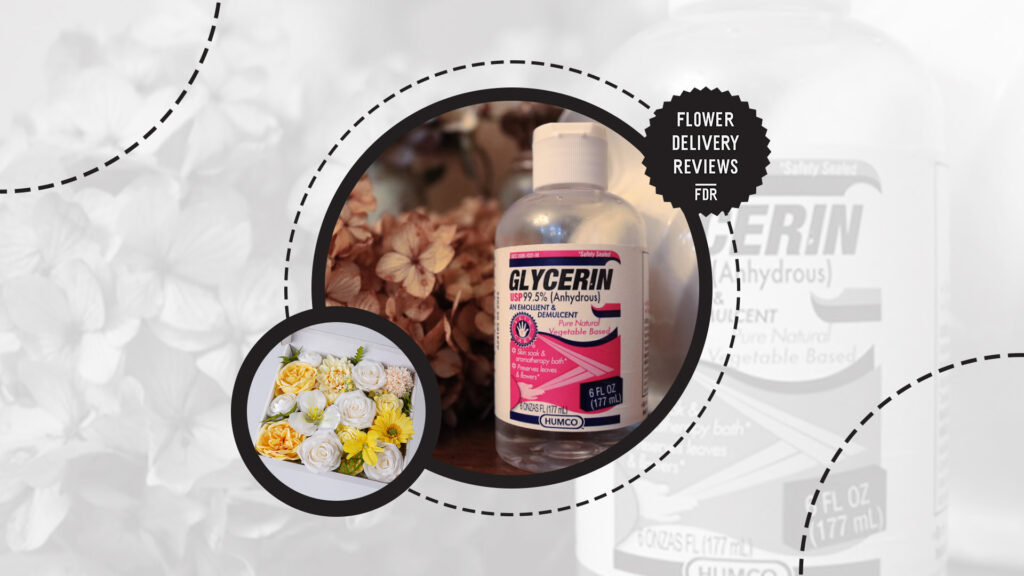
Skincare enthusiasts have probably heard of glycerin, as it’s known to help keep the skin hydrated. The liquid has the same effect when used in flowers: it replaces the moisture in the cells of the flowers to keep them hydrated and fresh-looking for a long time.
Mix one part of glycerin with two parts of warm water in a flower vase to preserve flowers using glycerin. Then, submerge the stems into the solution and wait for two to three weeks for the flowers to absorb the glycerin.
This is usually one of the best methods for those who want to keep the flowers soft and vibrant. Unlike air drying, it doesn’t make the flowers brittle, and the darkening in the petals is minimal.
Air dry the flowers
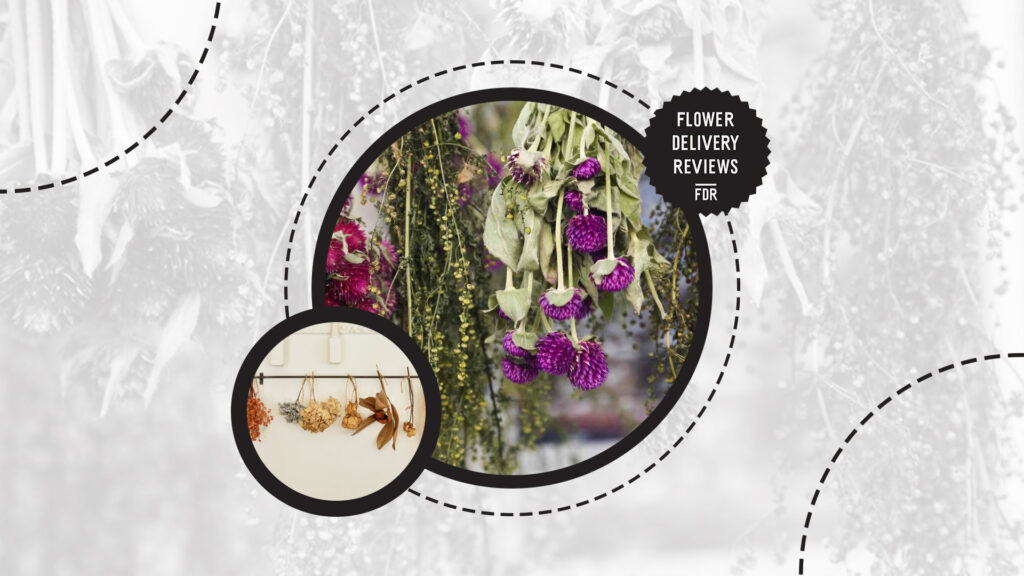
Air drying is one of the most common ways flowers are preserved. It’s also cost-effective and straightforward.
This method works by removing all the moisture from the petals and the stems. You just have to bundle the flowers together and hang them upside down in a well-ventilated, dark, and dry room for several weeks.
The flowers won’t be as vibrant as they used to be, but they’ll still maintain some of their colors. Plus, they’ll have a charming, rustic look that makes them great home decor.
Press the flowers
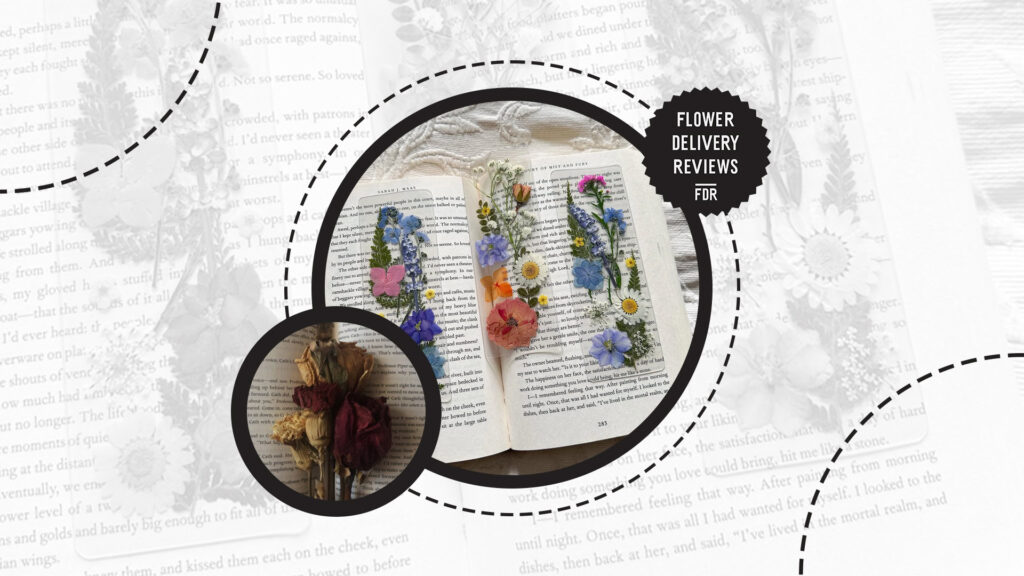
Another popular method for preserving bouquets is pressing flowers. This method is better suited for flowers that are quite flat or have thin petals, as you will have to flatten the flowers completely to preserve them, which can be hard for large flowers with thick petals.
To do this, simply place the flowers between layers of wax paper inside a book. Weigh down the book with something heavy to press the flowers more and wait for seven to ten days before opening the book again.
Once the flowers are flat and dry, you can display them however you want, whether it’s in a frame or scrapbook. The flowers will last indefinitely, so you can enjoy their beauty for as long as you want.
Coat them with epoxy resin
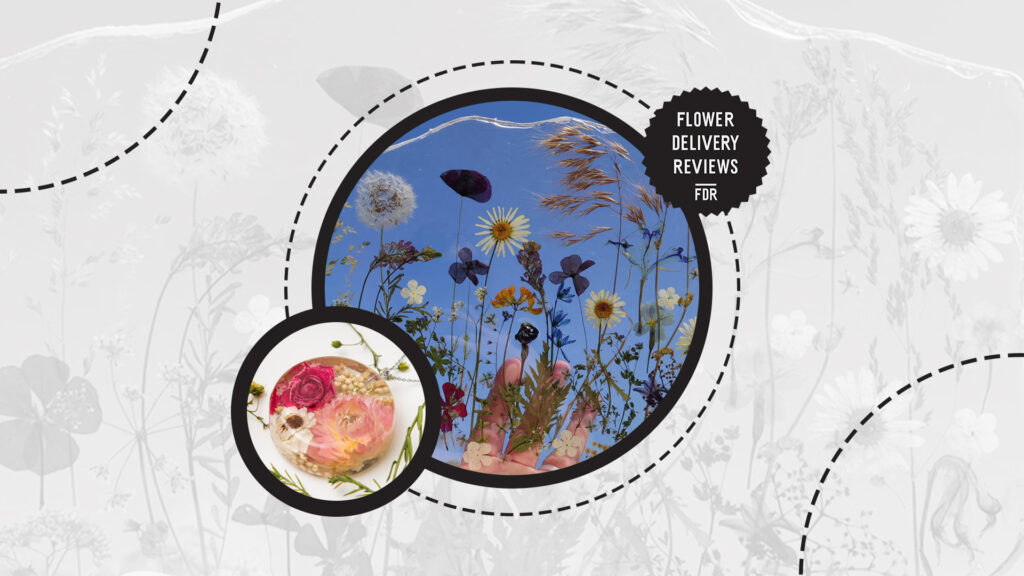
Coating flowers with resin is probably one of the most creative and popular ways to preserve them these days. It’s usually used when you want to use the flower for a craft project, like making jewelry, a paperweight, a coaster, or any other decorative piece.
To do this, you have to dry the flowers first to prevent decay. Then, pour a thin layer of resin into the bottom of a silicone mold and arrange the dried flowers on top of the first layer of resin using tweezers.
After you’re satisfied with the arrangement, pour more resin over the flowers to cover them completely. The resin will typically need 24 to 48 hours to cure, and after that, you can enjoy the beauty of the flowers indefinitely.
Soak the flowers in silica gel
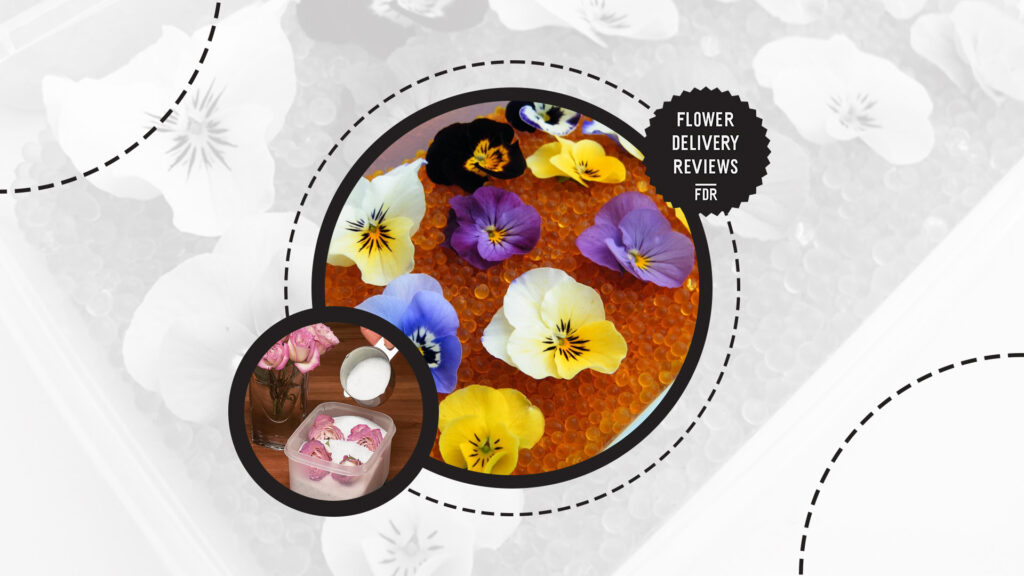
Silica gel is a form of silica that absorbs or removes moisture from its surroundings, making it a popular material for preserving flowers. Using silica gel is one of the best methods if you’re working with delicate blooms and want to retain their original shape.
Just pour about an inch of silica gel into an airtight container, then place the flowers on top of the gel with the stem side down. After that, carefully pour more silica gel around and over the flowers, ensuring that every part of the flower is soaked in the gel.
Once the flowers are completely covered, seal the container with its lid and store it in a cool, dry place. You’ll have to wait for three to seven days for the flowers to dry before removing them from the gel.
Dip the flowers in paraffin wax
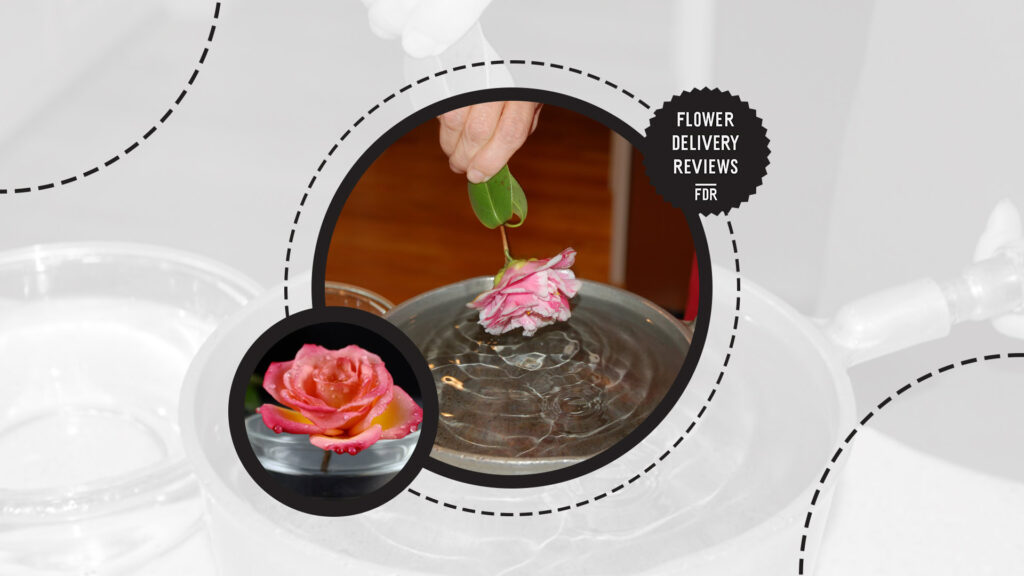
While wax won’t preserve your flower bouquet forever, it can help extend its life for up to six months. This method typically preserves the flowers in a way that looks much more natural compared to the other methods, so it’s a good choice if you want to enjoy their beauty longer.
To do this, just melt the wax in boiling water. Once the mixture isn’t too hot, gently dip the flowers into the wax solution and hang them upside down or place them on top of a wax paper to let the wax set.
Once the wax sets, it will serve as a protective barrier around the petals and stems. The barrier will seal out air and moisture, allowing the flowers to retain their shape and color much longer.
Microwave the flowers
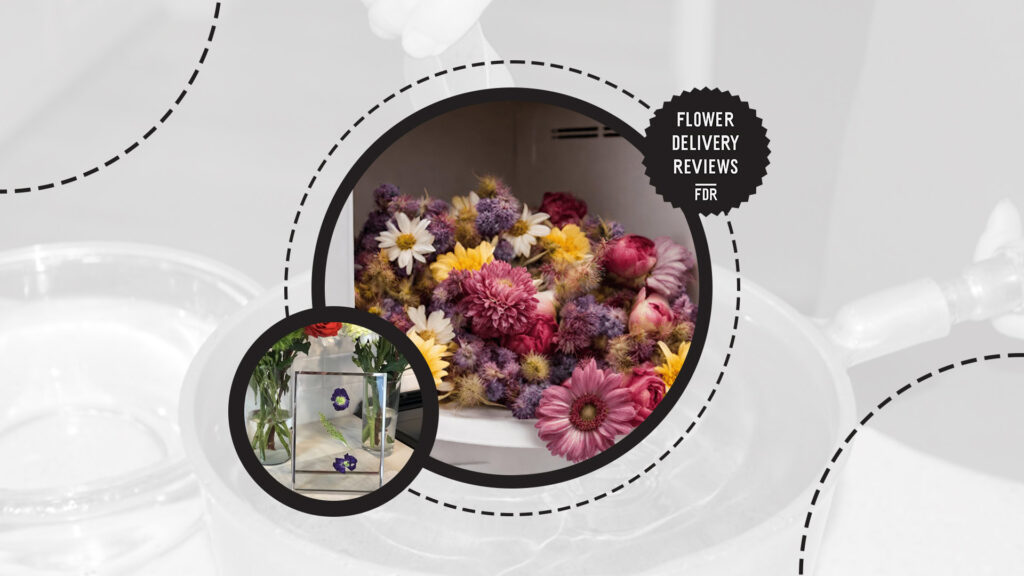
Microwaving flowers may not seem like a great idea for preserving them, but that’s not the case at all. In fact, this is the fastest method you can try, taking only a few minutes instead of days and weeks like other methods.
Prepare a microwave-safe container and add an inch layer of silica gel to it. Place the flowers face-up inside the container and another inch layer of silica gel before putting the container inside the microwave.
Set the microwave to just above defrost for 30 seconds to 1 minute. After that, check the flowers’ condition and increase the time or heat if needed.
This is recommended for flowers with sturdy petals and stems, like roses and zinnias. Delicate flowers like lilies and poppies can get easily scorched and crumble, so it’s best to avoid using a microwave to preserve them.
Hire a freeze-drying company
If the other methods are too bothersome and time-consuming, you can also hire a freeze-drying company to preserve your flower bouquet professionally. This method keeps the flowers looking and smelling the same as they were before the preservation but is quite expensive.
Flowers preserved through freeze-drying are very fragile. Always be gentle when handling them and display them somewhere pets and kids won’t reach them.
Tips for Preserving Flower Bouquets
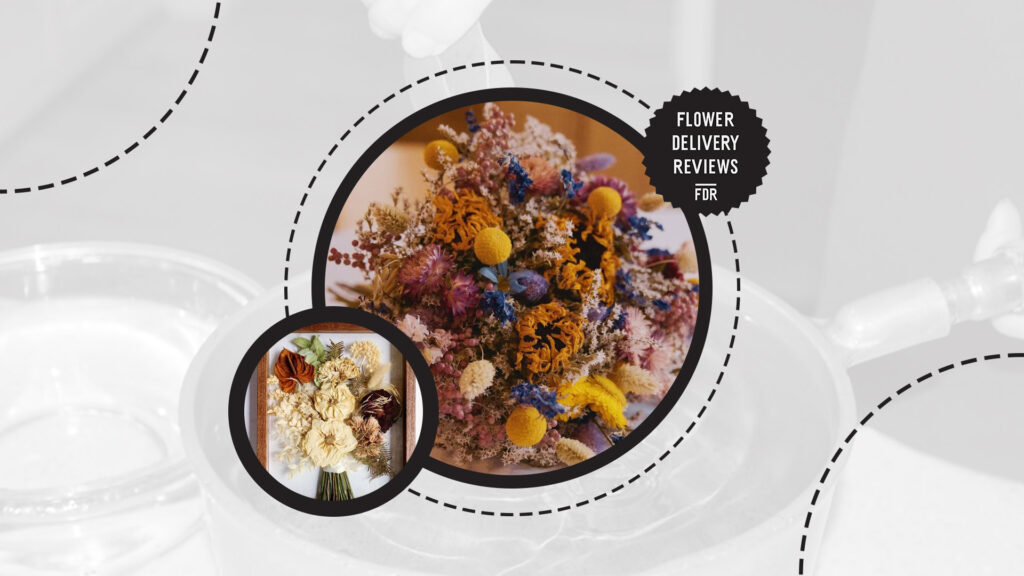
- Choose healthy flowers.
Healthy flowers have more vibrant colors, which helps the preserved flowers still look vivid, even if they fade a bit during preservation. Their petals are also firmer and will likely maintain their shape better than flowers that are already wilting.
- Remove excess leaves and damaged petals before preserving them.
This will help your preserved flower look cleaner and more aesthetically pleasing. Removing the leaves and damaged petals will also help the flowers dry much faster.
- Keep the preserved flowers away from direct sunlight.
Display the flowers somewhere that doesn’t receive much sunlight because direct sunlight can make the flowers’ color fade, even after they’ve been preserved.
FAQs about Preserving Flower Bouquets
How long do preserved flowers last?
Preserved flowers can last for several months to several years, depending on the preservation method used and how well they’re cared for. Flowers that have been freeze-dried typically last the longest, with some lasting up to several decades.
Can I preserve any type of flower bouquet?
You can preserve any type of flower bouquet, but some flowers preserve better than others. Flowers with sturdy petals, like roses and sunflowers, tend to preserve well and last longer than those with delicate blooms.
What happens if dried flowers get wet?
Dried flowers can undergo color changes when they get wet. Mold and mildew can also develop on the flowers.
Are preserved flower bouquets safe for allergy sufferers?
Preserved flowers are generally safe for those with allergies because they no longer produce pollen. That said, if you have severe allergies, it’s best to be careful and ask a medical professional.

